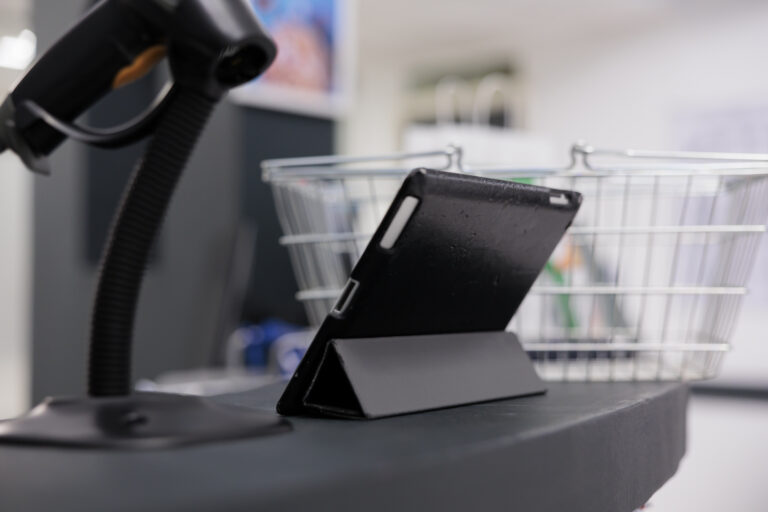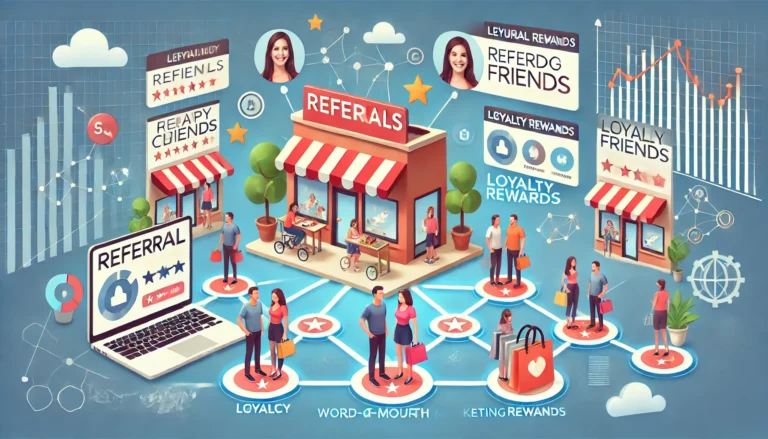An inactive customer is ultimately a loss in revenue for any retail organisation. These are customers who were once interacting with a brand but, for some reason, just stopped. While many would assume that they were lost forever, by re-engaging these customers, a retailer can reap enormous financial benefits as a result.
Returning customers are likely to spend more and shop more frequently than new customers. They also typically cost less to re-establish customer engagement than acquiring brand-new ones. This is why re-engagement is such an important part of an organisation’s overall retail strategy.
In this guide, we will take a closer look at how retailers can maximise this opportunity to win back and re-engage with previous customers. What strategies can be used? And how can retailers identify and re-engage them initially.
What Are Inactive Customers?
Inactive customers are customers that haven’t made a purchase in a specific period of time. This could range from a few weeks to several months, but this lack of interaction suggests a drop in engagement with a brand.
When looking at any data they provide, a retailer would see that they visit a store less frequently. Or perhaps they won’t interact with content and marketing materials as much as they used to. They may even delete emails and messages that are sent to them.
This drop off could be for any number of reasons. Some customers typically lack a need for these particular products, others might have had a poor customer experience, or competitors might have won them away. Finally, it could be simply down to budget.
Identifying these customers requires analysing their purchase history and engagement data. This is something refive allows retailers to do with ease. refive’s smart algorithms can spot patterns of inactivity, and even provide suggestions on how to re-establish connections with these valuable past customers. With refive, retailers can ensure that their marketing strategies are data-driven and targeted, increasing the likelihood of successfully reactivating these valuable customers.

Benefits of Re-activation
It’s a very well-known statistic that retaining current customers is quite simply cheaper than getting new ones. In fact it can cost up to seven times more to attract a newer customer.
They also spend more, with loyal customers spending on average 67% more than a new customer, and are 50% more likely to try new products from a retailer as well. This is simply because acquisition efforts often require extensive marketing campaigns, promotional discounts, and other incentives to draw in new customers. However when a retailer is looking to roll out a retention strategy, these can be more targeted and personalised by default. These focus simply on the customers who already have a relationship with the brand. The result? Retailers can save significant resources and achieve better returns on investment.
Marketing spend can also go much further with a re-engagement campaign because loyal customers become advocates – the value of a personalised recommendation of a friend or family member, compared to an advert is much higher. This process, in turn, drives new customers through and makes them far more likely to convert. This is all done with no additional cost.
When retailers are looking to build sustainable, long-term profitability and growth, a carefully thought out re-engagement campaign will often gain more than a fresh new marketing push.
Key strategies to activate inactive customers
Much like marketing, re-engagement campaigns are best offered at a multi-channel level due to the variability of preferences of customers. A mixture of different channels is sensible as well because you are spreading the message across a range of opportunities and touchpoints.
1. Personalised Emails
Personalised emails are often the easiest way to re-engage your dormant customer base. Emails are direct without being too intrusive, and offer a wide range of opportunities for personalisation. These can include discount codes, special offers, or even highlighting special events in their local store. One great example of this is UK retailer John Lewis, who uses emails to offer in-store discounts that match up to the customer’s previous purchases. Not only does this re-engage the customer, but also encourages footfall to the retail outlets which are known for a high level of customer service.
3. Loyalty Programs
Another UK retailer, Boots, has always been at the forefront of loyalty programs with their Boots Advantage Card scheme. As the leading health and beauty retailer, customers can earn points on every purchase which can then be redeemed as cash for in-store purchases. This direct financial incentive encourages customers to return to the store, knowing that they can spend on their card. Equally important, they are sent targeted offers, complementing offers to previous purchases and discounts and direct financial incentives to go in-store. They have also started to roll out a scheme of tiered pricing in-store for customers as well, offering discounts on certain products when bought in-store and presenting their Boots card at the checkout.
3. WhatsApp Messages
Less direct than a text message, WhatsApp has become a firm favourite with retailers looking to engage, and re-engage, with customers. Zara is a brand that has really pioneered this and uses WhatsApp to send promotions to lapsed customers. The style of WhatsApp is informal and used between friends, allowing that “friendship” association with the brand to naturally develop. It can also create a sense of exclusivity and urgency that emails may lack, encouraging customers to return to the physical store.

4. Exclusive Access
One other way to re-engage with lapsed customers is to offer exclusive access to deals, items and events. These not only encourage customers to pay attention, but also give an element of exclusivity and “specialness” that can entice customers back to a retailer. A great example of this was a special event held at the Houston branch of Sephora where customers could come and purchase a certain amount of products from Dr Gross, and get a free goodie bag, as well as a $250-medical grade peel by a medical aesthetician. This was a great way to entice lapsed customers, but also try them with new products and incentives to buy.
These strategies aren’t exhaustive but give a great range of different ideas retailers can use to open the conversion back up with lapsed customers.
Very importantly though is making sure that these are working, and being able to do requires some tracking of key performance indicators (KPIs). These allow retailers to gauge the impact of their efforts and refine their approaches.
Setting KPIs for Re-engagement Campaigns
To effectively measure re-engagement, retailers should establish clear KPIs that align with their business objectives.
Common KPIs for re-engagement campaigns include:
Customer Lifetime Value (CLV)
The projected revenue that a reactivated customer is expected to generate reflects the duration of their relationship with the brand.
Reactivation Rate
The percentage of inactive customers who make a purchase or engage with the brand again after a re-engagement effort.
Average Order Value (AOV)
The average amount spent by reactivated customers per transaction.
Redemption Rates
The percentage of customers who use re-engagement offers, discounts, or loyalty points.
Repeat Purchase Rate
The rate at which reactivated customers make additional purchases within a specified period.
Engagement Metrics
Metrics such as email open rates, click-through rates, and response rates to personalised messages and offers.

How refive Can Help
refive offers advanced tools to help retailers measure and chart the success of their re-engagement campaigns and strategies. You can also integrate this with their current CRM system easily. What this means is that refive can transfer and analyse all the customer data, using the smart algorithms to provide insights into the effort and offer a range of helpful metrics to derive success.
From segmentation and targeting insight to allow retailers to see that they are targeting the right people, to predictive analytics, refive takes the guesswork and assumption out of the data.
By setting appropriate KPIs, monitoring key metrics, and leveraging refive’s advanced analytics tools, retailers can effectively measure the success of their re-engagement strategies. This approach not only refines future campaigns but also ensures efficient use of marketing resources to maximize customer retention and drive sales.
Re-engagement Success
As a long term business strategy, re-engagement is crucial and valuable as a business practice. By focusing on these retention strategies, you can reduce costs, drive up profits, and create and implement marketing tactics such as loyalty programs, discounts, offers, and events based on solid data.
Measuring the success of these re-engagement efforts is equally important. Setting clear KPIs and tracking relevant metrics allow retailers to refine their strategies and ensure that their efforts yield the desired outcomes. refive.io provides the tools necessary to analyse customer data, track engagement metrics, and seamlessly integrate with CRM systems, making it easier for retailers to measure and optimise their re-engagement campaigns.
refive’s advanced analytics and integration capabilities allows retailers to ensure that their re-engagement strategies are data-driven and effective, ultimately driving customer loyalty and business growth. To learn more about how refive can help you re-engage your inactive customers and enhance your retail success, book a demo with refive today.









